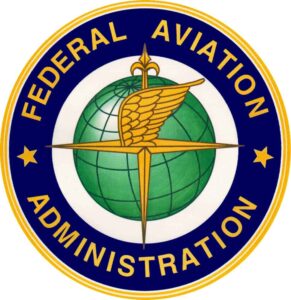 Solusia Air, LLC, a firm that utilizes UAS technologies to provide audits and safety inspections, has announced that it has been awarded an exemption from the Federal Aviation Administration (FAA) to deploy unmanned aircraft systems (UAS) to provide its services to wireless and utility infrastructure firms. Solusia Air began the application process in 2014, working with JDA Aviation Technology Solutions.
Solusia Air, LLC, a firm that utilizes UAS technologies to provide audits and safety inspections, has announced that it has been awarded an exemption from the Federal Aviation Administration (FAA) to deploy unmanned aircraft systems (UAS) to provide its services to wireless and utility infrastructure firms. Solusia Air began the application process in 2014, working with JDA Aviation Technology Solutions.
The UAS included in the exemption is the Aibot X6 UAS by Leica Geosystems. The FAA approval agrees that the combination of the Aibotix X6 Aircraft and Solusia Air’s training and flight safety procedures constitute a minimal risk and are in the interest of the public good.
“The FAA exemption means wireless and utility companies now have a more efficient, safer method for performing audits and safety inspections of infrastructure assets,” said Chris Moccia, CEO, Solusia Air. “Leica is a proven global leader in optics, lasers, GIS software, modeling and 3D spatial solutions and we are thrilled to be partnered with them in this innovative endeavor.”
Under the FAA’s current interim policy, UAS operators who adhere to certain parameters are permitted to fly UAS commercially under Section 333 of the FAA Modernization and Reform Act until such time as the FAA fully implements the UAS regulatory structure.
“This is exciting news for Solusia Air and Leica Geosystems,” said Bryan Baker, North American UAS Sales Manager and pilot for Leica Geosystems Inc. “The FAA is under a lot of pressure to streamline the approval process and finalize the regulatory structure for unmanned aircraft systems. This is the first step to getting companies through the process faster so that they can take advantage of this revolutionary technology.”
Solusia Air UAS services for wireless carriers and tower operators include high-definition photo and video inspection, asset audits, RF microwave path validation, intermodulation/interference identification, wildlife species identification, and safety assessments.
Utility companies can benefit from UAS inspections by obtaining high-definition photo and video data for inspection of substation infrastructure, IR inspections, 3D imaging and point cloud/photogrammetry of utility towers and transmission lines, and wind turbine inspections.
“Wireless infrastructure is in a continuous, dynamic lifecycle,” continued Moccia. “As new technologies are deployed to keep up with the growing demand for mobile data and high-speed connections, towers need to be audited to document and verify existing configurations and equipment inventories. With UAS solutions, this auditing process can now include timely online retrieval of data and images that customers need to make strategic planning, construction and maintenance decisions.”


















